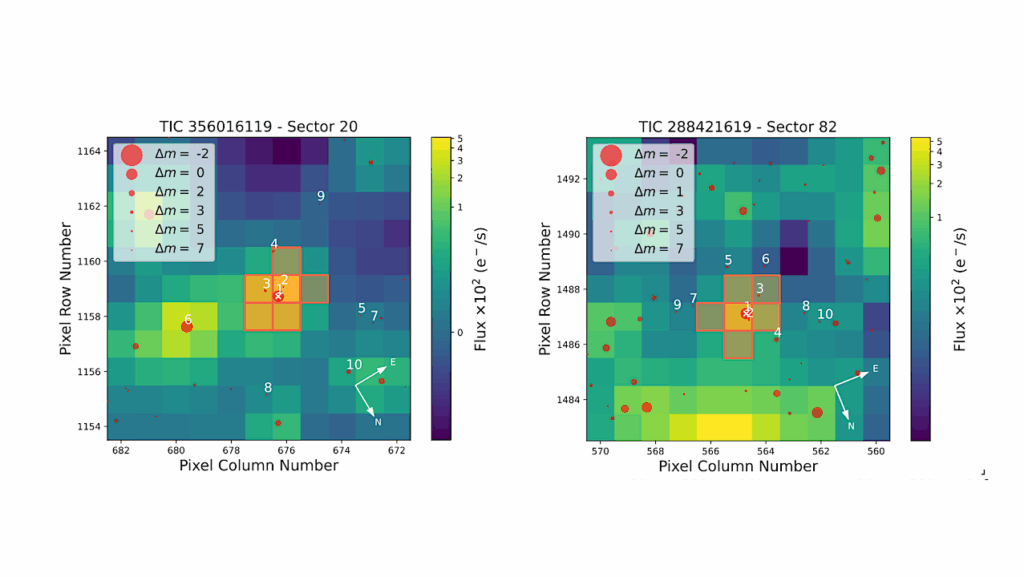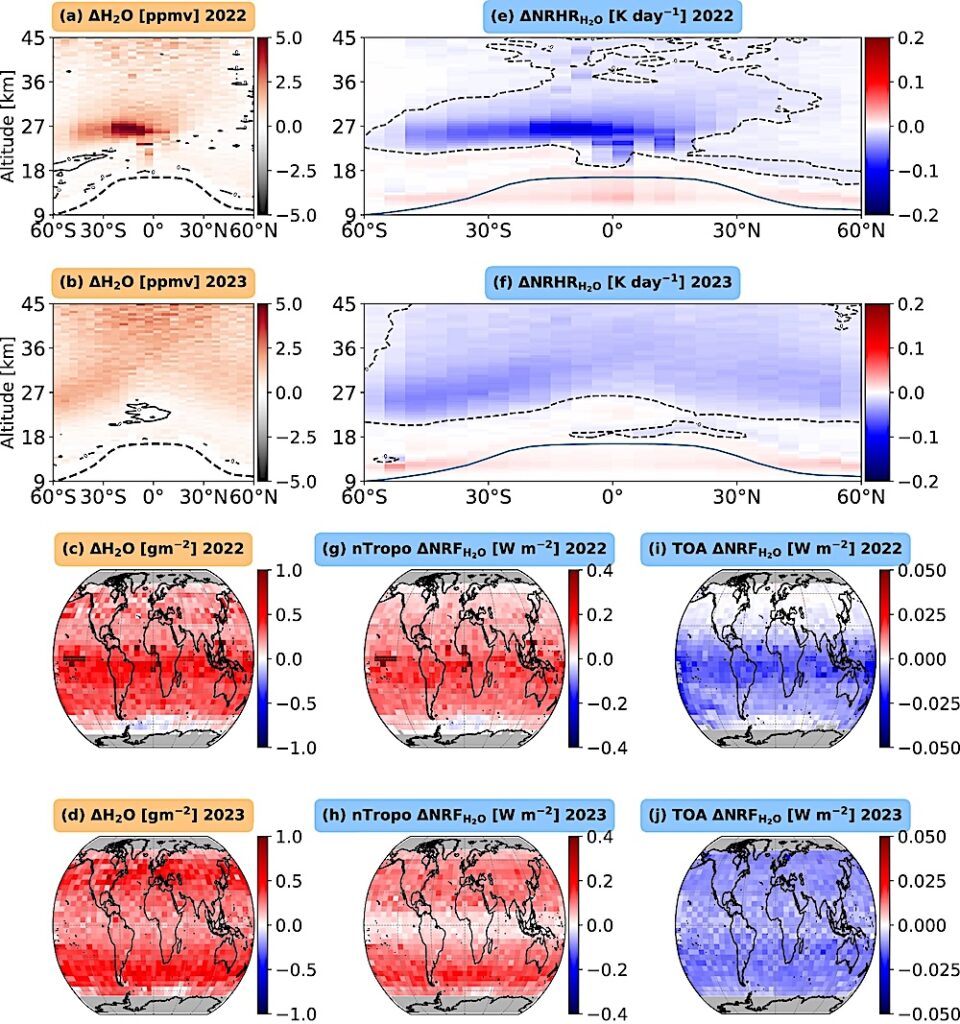Aerosols In Exoplanet Atmospheres

Observations of exoplanet atmospheres have shown that aerosols, like in the Solar System, are common across a variety of temperatures and planet types. The formation and distribution of these aerosols are inextricably intertwined with the composition and thermal structure of the atmosphere.
At the same time, these aerosols also interfere with our probes of atmospheric composition and thermal structure, and thus a better understanding of aerosols lead to a better understanding of exoplanet atmospheres as a whole.
Here we review the current state of knowledge of exoplanet aerosols as determined from observations, modeling, and laboratory experiments. Measurements of the transmission spectra, dayside emission, and phase curves of transiting exoplanets, as well as the emission spectrum and light curves of directly imaged exoplanets and brown dwarfs have shown that aerosols are distributed inhomogeneously in exoplanet atmospheres, with aerosol distributions varying significantly with planet equilibrium temperature and gravity.
Parameterized and microphysical models predict that these aerosols are likely composed of oxidized minerals like silicates for the hottest exoplanets, while at lower temperatures the dominant aerosols may be composed of alkali salts and sulfides. Particles originating from photochemical processes are also likely at low temperatures, though their formation process is highly complex, as revealed by laboratory work. In the years to come, new ground- and space-based observatories will have the capability to assess the composition of exoplanet aerosols, while new modeling and laboratory efforts will improve upon our picture of aerosol formation and dynamics.
Peter Gao, Hannah R. Wakeford, Sarah E. Moran, Vivien Parmentier
Comments: Invited review for JGR-Planets’s Exoplanets: The Nexus of Astronomy and Geoscience special section. Accepted for publication. 75 pages, 12 figures, 1 table, 1 helluva year
Subjects: Earth and Planetary Astrophysics (astro-ph.EP)
Cite as: arXiv:2102.03480 [astro-ph.EP] (or arXiv:2102.03480v1 [astro-ph.EP] for this version)
Submission history
From: Peter Gao
[v1] Sat, 6 Feb 2021 02:34:08 UTC (6,307 KB)
https://arxiv.org/abs/2102.03480
Astrobiology








